Exploring New York City's Silent Shores
The 600 miles of New York City's shoreline that secured its status as a center of trade in the 18th century now host some of its more forgotten spaces.
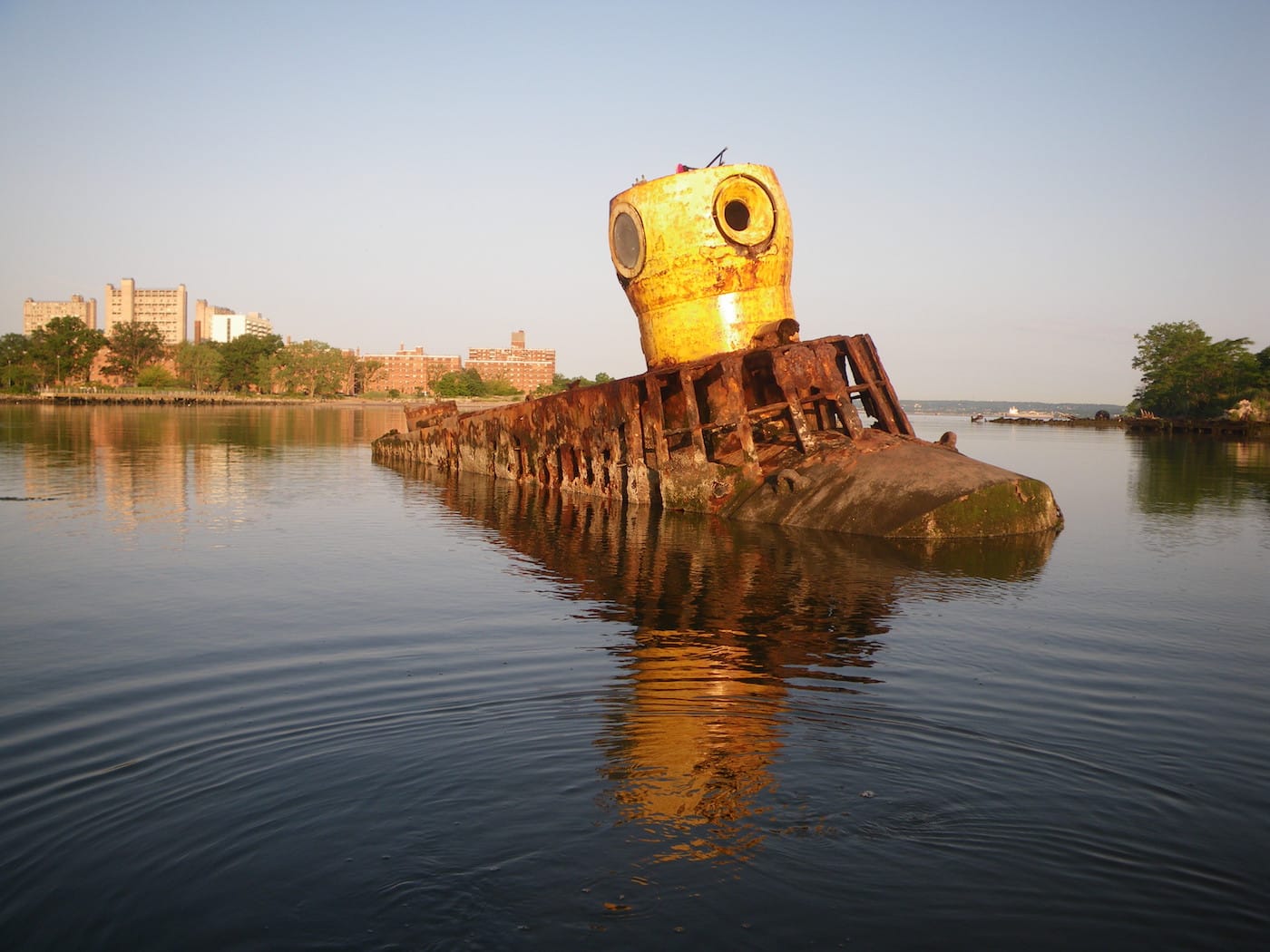
The 600 miles of New York City’s shoreline that secured its status as a center of trade in the 18th century now host some of its more forgotten spaces. Despite an active harbor, the city has mostly turned inward from its bays and beaches, leaving ghostly pockets around the “city of hurried and sparkling waters,” as Walt Whitman anointed it in 1860. Through fiction, photography, art, and historical text, Silent Beaches, Untold Stories: New York City’s Forgotten Waterfront, out this week from Damiani, explores what these waterways mean to New York City today.
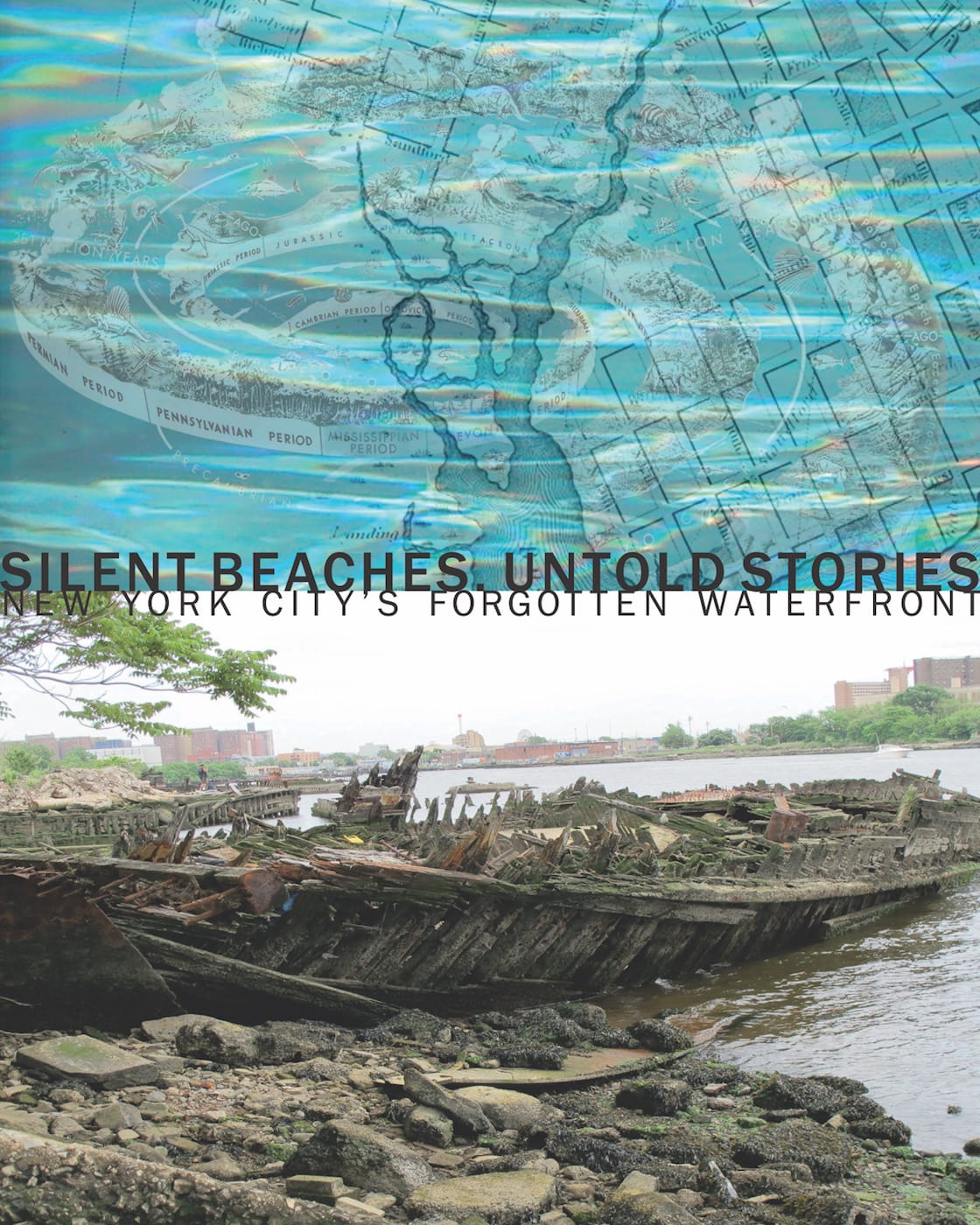
“The waterfront is New York City’s reason for being,” artist and author Elizabeth Albert, the editor of Silent Beaches, told Hyperallergic. “In our thumping metropolis, it’s hard to imagine that it was a deep harbor protected from the open ocean and teeming with fish, oysters, beavers, and muskrats that Hudson took note of when he bumped into Long Island on his way to India. I think many New Yorkers barely notice the water coursing around, through and underneath.”
The publication developed out of an exhibition in 2013 at St. John’s University in Queens, where Albert is an associate professor. Through 10 chapters, each centered on a different location, the book merges imagery like Nathan Kensinger’s photographs of the polluted Gowanus Canal and Joel Meyerowitz’s shots of the ruins of North Brother Island, with fiction and poetry selected by the editors at Underwater New York. Started in 2009, Underwater New York is based around an online journal that explores the histories of the New York City archipelago’s waterways through contemporary writing and art, and was a major inspiration for Silent Beaches.
Albert noted that there may be an “inherited repugnance” for the waterfronts, which by the mid-19th century were often the sites of unsavory industries like horse rendering at Dead Horse Bay in Brooklyn, and quarantine and asylums on Blackwell’s Island (now Roosevelt Island). While beaches have also been sites of recreation, such as Coney Island and the Rockaways, these activities have drifted. Photographs from Albert’s collaboration with Marie Lorenz and her The Tide and Current Taxi (an ongoing project to navigate the waterways by boat) show a decaying party barge at College Point. Once a Victorian resort, it’s now blighted by noise from the neighboring LaGuardia Airport and the construction of a sewage treatment plant on a former picnic site.
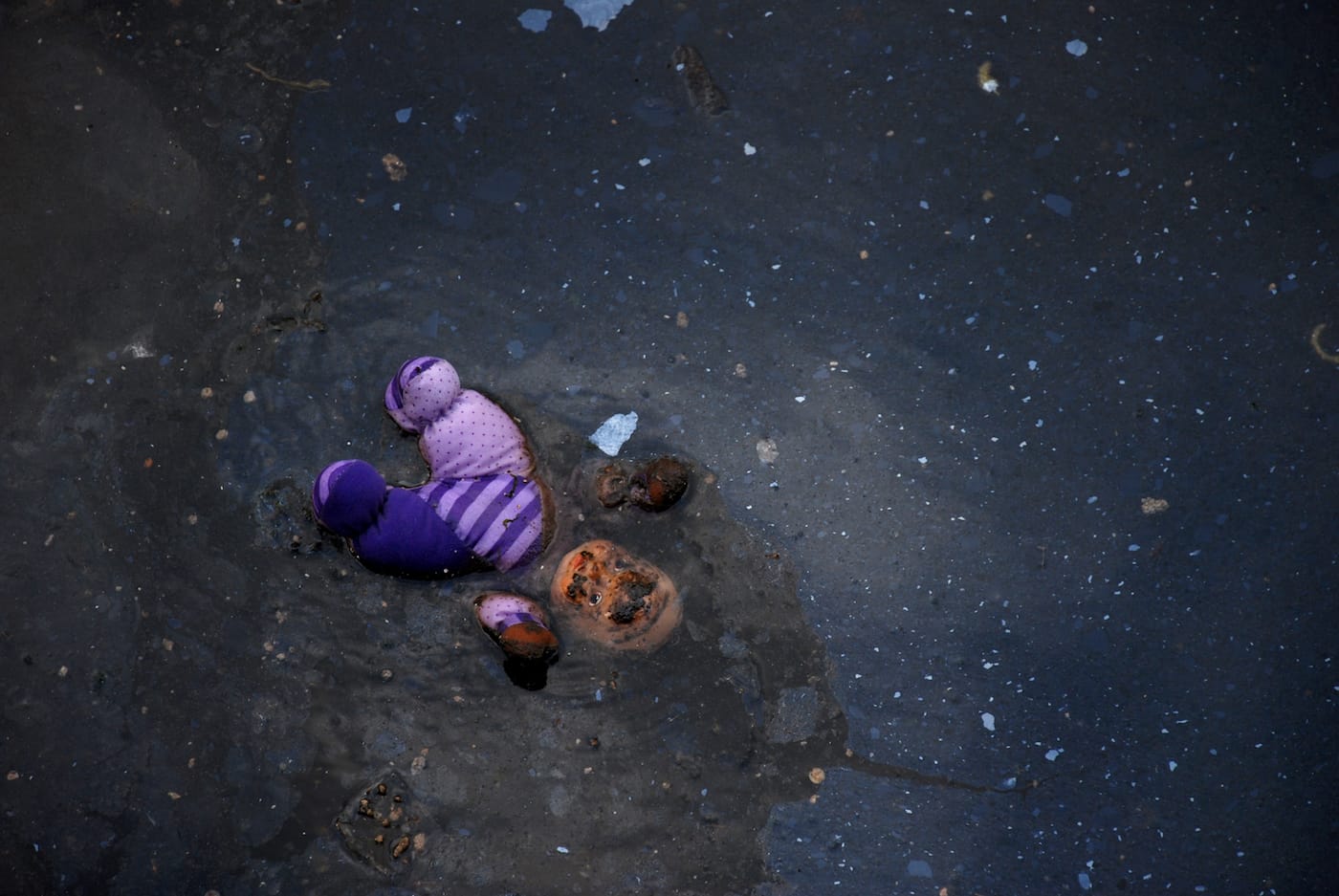

“I find it fascinating to discover the cycle of desire and loathing New Yorkers past and present have towards the waterfront,” Albert said. “Scratching the surface of waterfront history puts us face-to-face with our changing attitudes towards ecology, contagion, insanity, crime, death, refuse, transport, race, trade, immigration.”
Some of the art projects in Silent Beaches unearth these themes, such as James Walsh’s The Flora of the Gowanus, a post-industrial herbarium documenting invasive species like mugwort and shepherd’s purse that thrive along the superfund site, or Carrie Mae Weems’s “You Became A Whisper,” a sandblasted photograph responding to the overlooked history of Sandy Ground, Staten Island. There, free black farmers and oystermen established a community in the 1850s that flourished through to the 1890s, until the rich oyster beds were closed after a typhoid outbreak in the early 20th century. A 1963 fire wrecked many of the historic homes.


“To this day we have the relics of New York City’s haunted waterfront,” Albert explained. “It’s just that either most people don’t know about them or they are off-limits to the public.” Horse bones and broken glass from an old landfill litter Dead Horse Bay; and Hart Island, represented in the book through art and documentation by Melinda Hunt of the Hart Island Project, endures as the city’s potter’s field where the unclaimed dead are buried by prisoners from Riker’s Island.
“I always think of America as being so new, that we don’t have the kind of historical riches of the ‘old world’,” Albert said. “But in fact we do have layers of history. The past and the present do coexist. The research for Silent Beaches has changed my perception. New York City is at once heaving with life and laden with ghosts.”
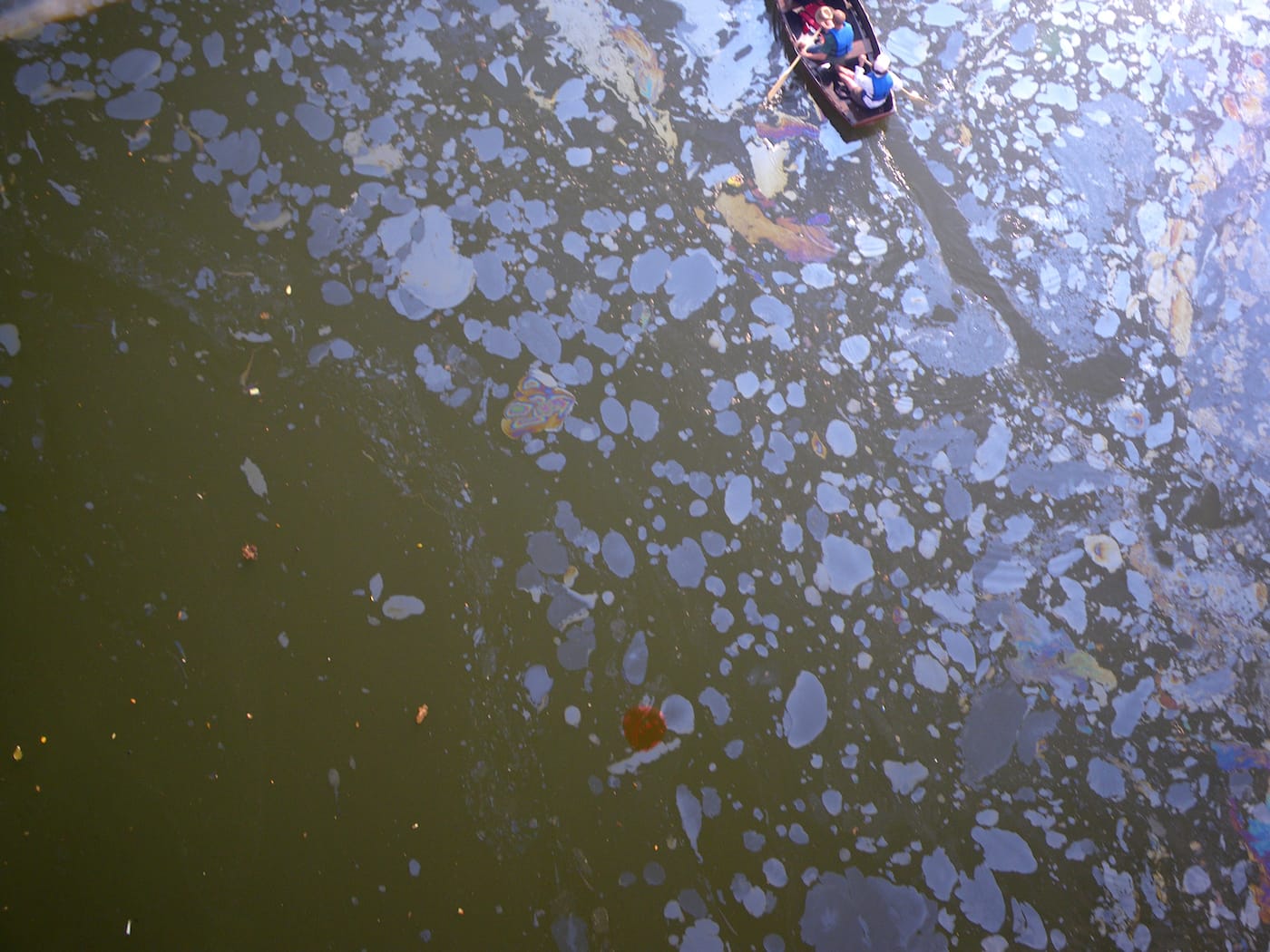
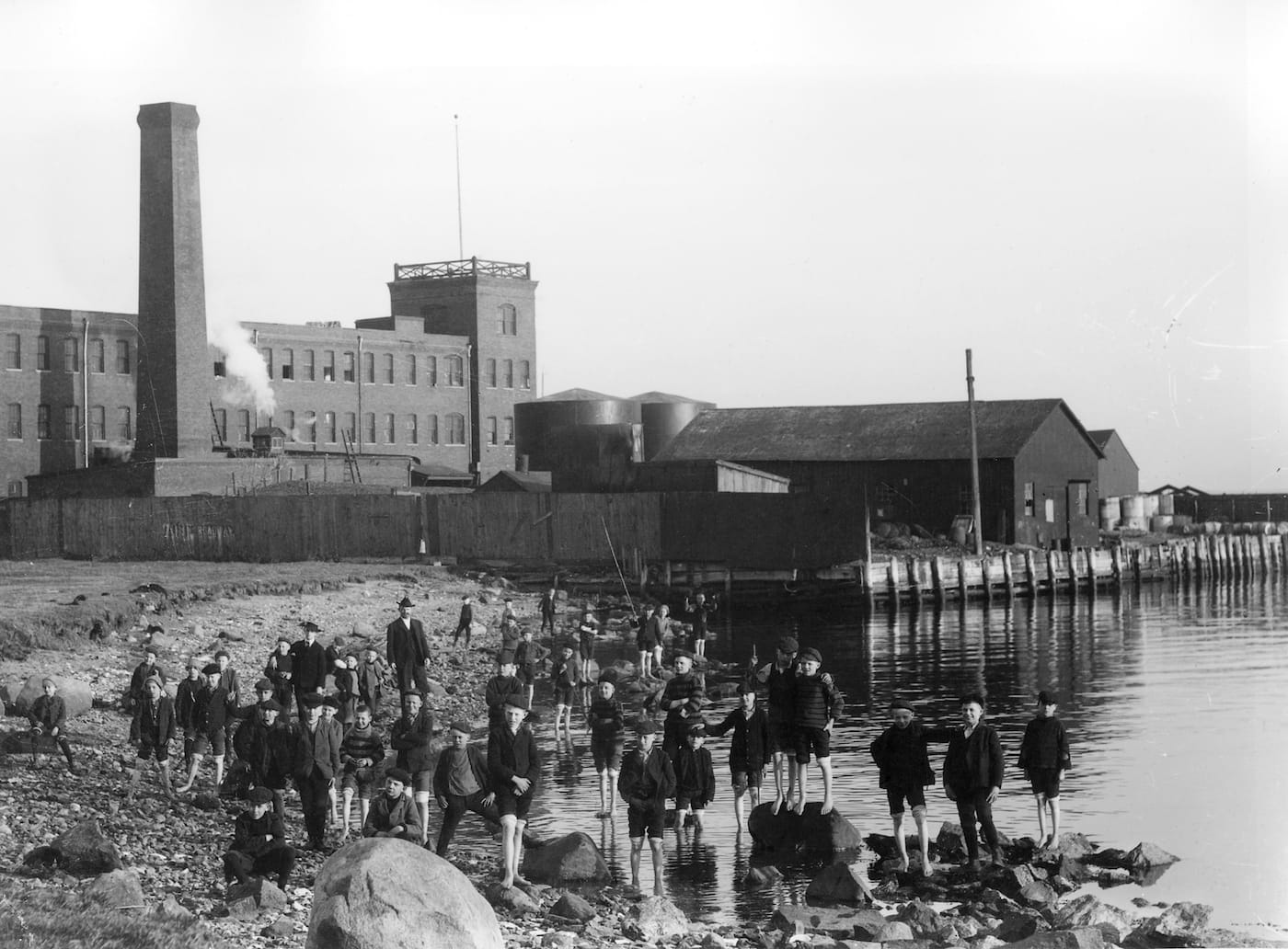
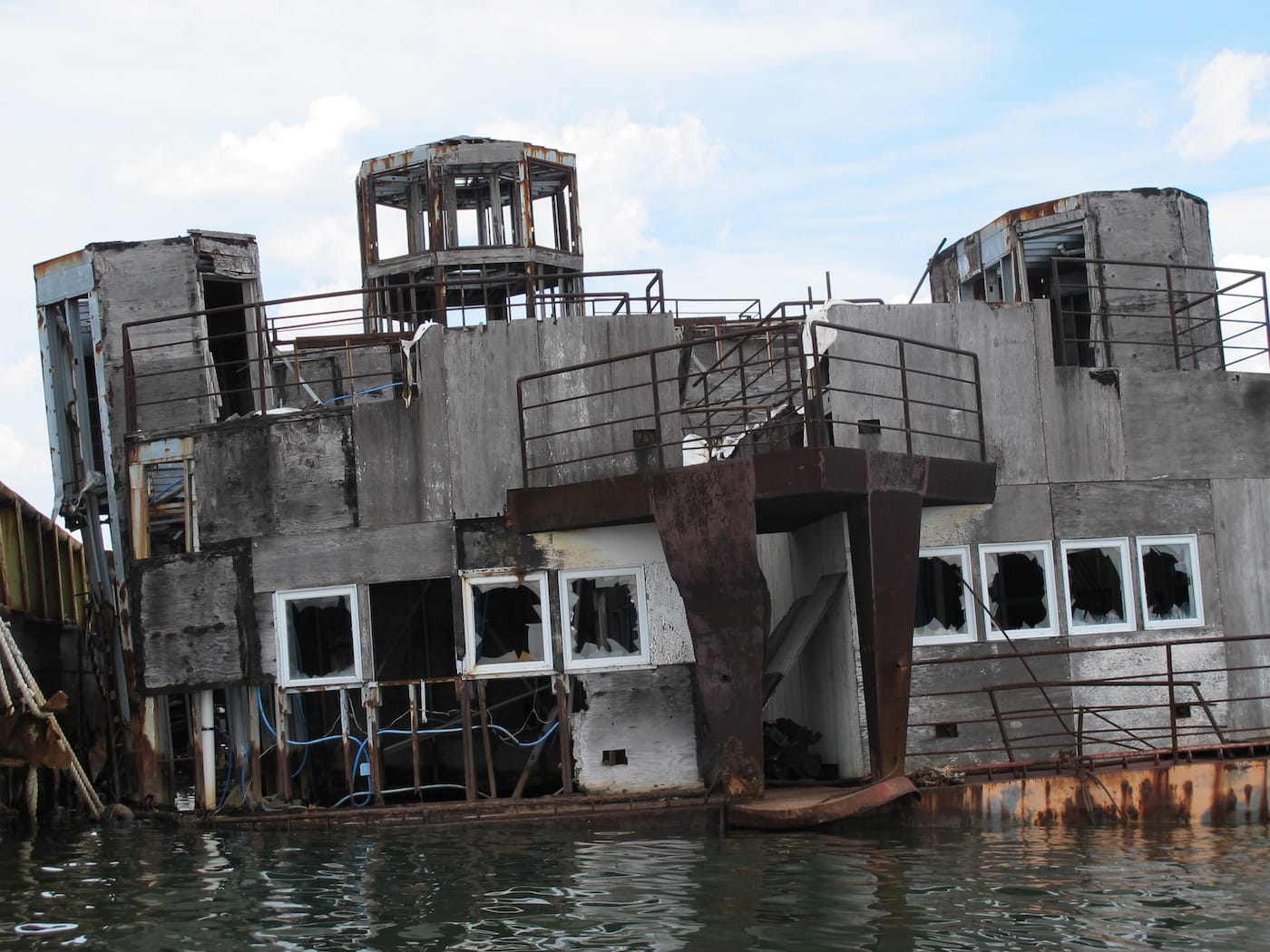

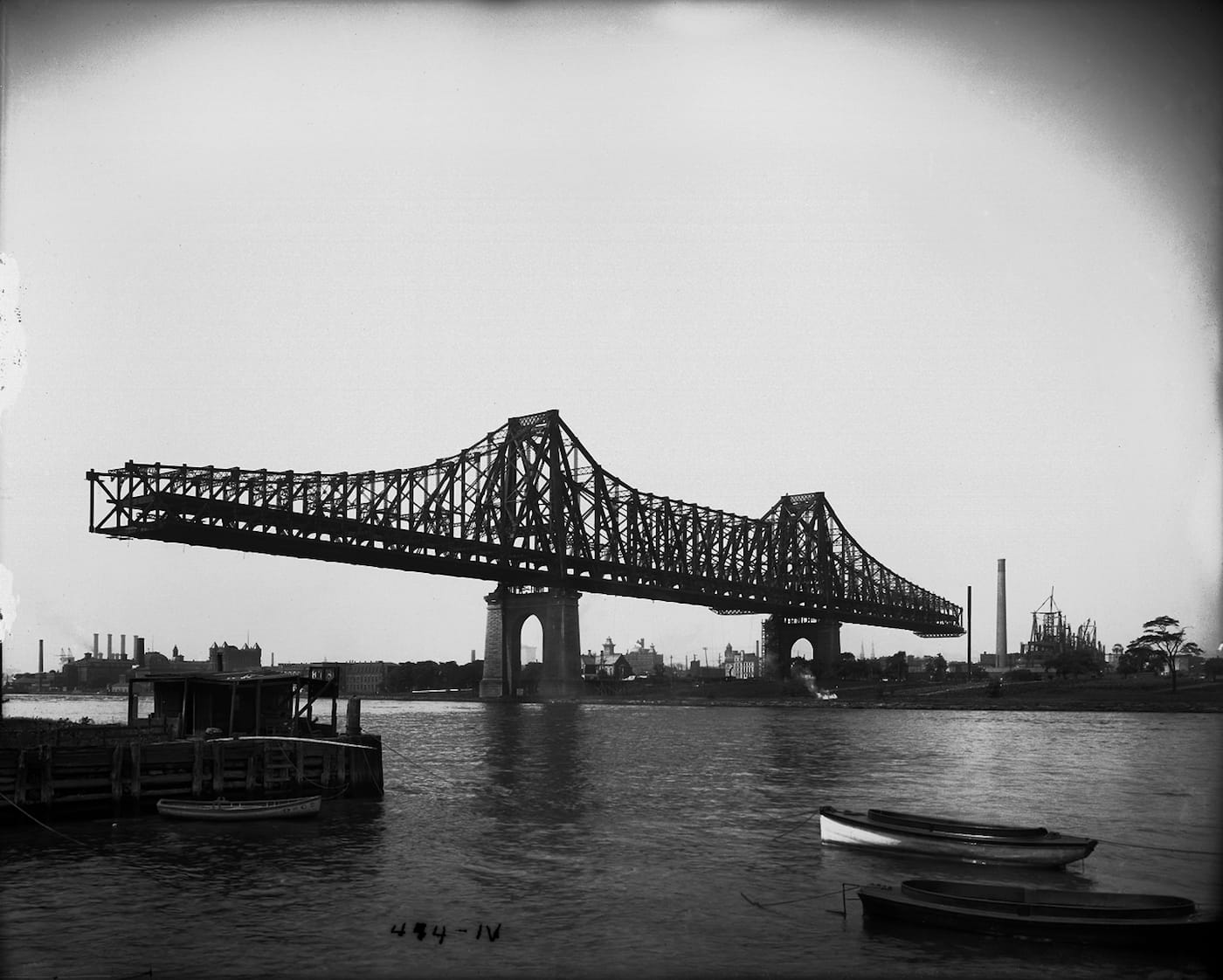
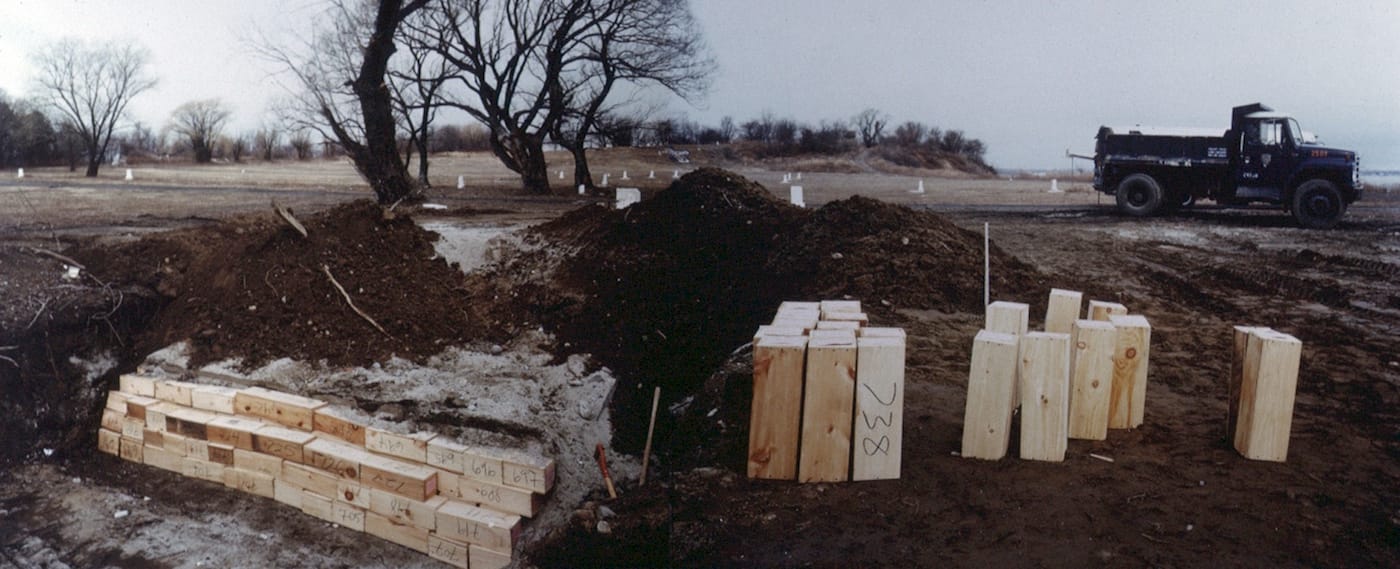


Silent Beaches, Untold Stories: New York City’s Forgotten Waterfront is out this month from Damiani.





